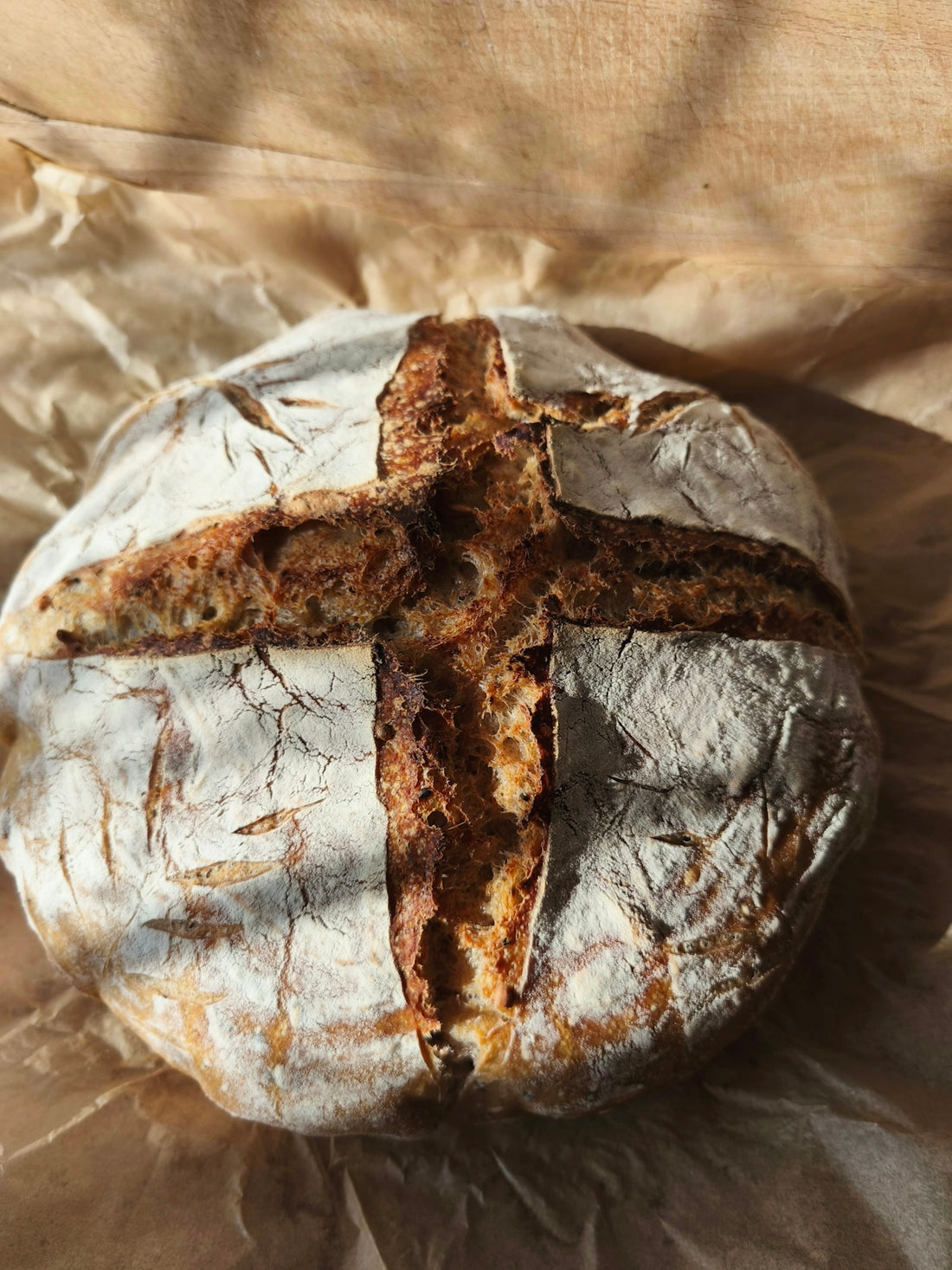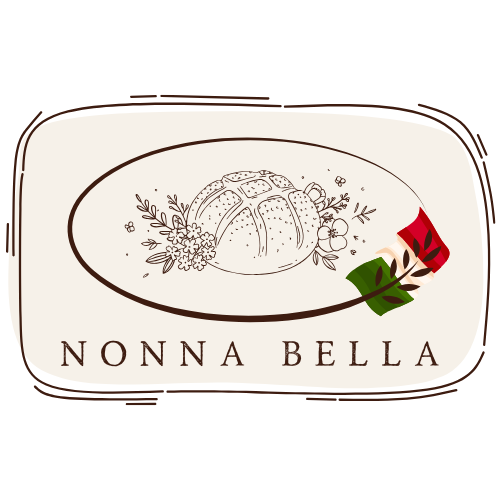
Exploring Homemade Sourdough and Delving Into the Art of Wild Yeast Fermentation
There's something profoundly satisfying about the aroma of freshly baked sourdough wafting through your home. This journey into the world of homemade sourdough encapsulates rustic tradition, scientific curiosity, and culinary delight. In this post, we will explore the intricacies of wild yeast fermentation, delve into the science behind a robust sourdough starter, and offer practical sourdough baking tips.
Sourdough has become a revered classic among artisan bakers and home enthusiasts alike, thanks to its rich flavor, crispy crust, and chewy texture. Let's dive in.
Understanding Sourdough Fermentation
Sourdough is not just bread; it's a living entity with a unique ecosystem of lactobacilli and yeast. Unlike commercial yeast bread, sourdough fermentation relies on natural, wild yeast and bacteria that are cultivated in a sourdough starter. This fermentation process not only gives sourdough its characteristic tangy flavor but also imbues it with health benefits, like improved digestibility and lower glycemic index, making it a suitable choice for certain individuals, including those who are diabetic.
Starting with Your Sourdough Starter
A sourdough starter is the heart of the bread; it's a mixture of flour and water inhabited by yeast and bacteria. It takes time and patience to cultivate, but once it's active, it can last indefinitely with proper care and feeding.
How to Feed and Maintain Your Sourdough Starter
Feeding your starter is essential to keeping it alive and thriving. Here's a simple sourdough starter feeding schedule:
- Remove about half of your starter and replace it with equal parts flour and water.
- Mix the ingredients well.
- Store at room temperature if baking regularly, or refrigerate if using less frequently.
Learn more about how to store your sourdough starter.
Troubleshooting Your Sourdough Starter
Common issues might arise, but fear not, as most can be easily rectified. If your starter has an off smell or isn't bubbling, it might need more frequent feedings or a boost of warmth.
Baking Your First Sourdough Bread
Ready to take on the art of artisan bread baking? Here's an easy sourdough bread recipe to get you started:
Easy Sourdough Bread Recipe
Ingredients:
- 500g bread flour
- 350g water
- 100g active sourdough starter
- 10g salt
Instructions:
- Mix the starter with water and allow it to dissolve. Add flour and salt, then mix until a shaggy dough forms.
- Autolyse for 30 minutes (rest the dough).
- Perform a series of stretch and folds in the bowl every 30 minutes for the next 2 hours.
- Once dough has doubled, gently shape it into a round or oval.
- Preheat the oven at 230°C with your baking stone inside.
- Score your loaf using a bread lame to allow strategic expansion during baking.
- Bake for 30-35 minutes until you achieve a golden, crispy crust.
For the best sourdough scoring results, explore the Bread Lame Dough Score Cutting Tools.
Sourdough Baking Tips for Success
- Hydration: Adjust water content to achieve the desired dough consistency.
- Kneading vs. Stretch and Fold: Less intensive than kneading, stretching and folding helps build dough strength.
- Temperature: A warm, draft-free environment promotes active fermentation.
Beyond Bread: Sourdough Pizza and Bagels
The versatility of sourdough extends beyond bread. Consider experimenting with sourdough pizza dough. To perfect this, invest in Nonna’s 12-inch Cordierite Stone for a crispy crust akin to authentic Italian pizzas.
Or try your hand at sourdough bagels, which offer a chewiness only amplified by the tangy background notes of sourdough fermentation.
The Benefits of Sourdough vs. Regular Bread
Sourdough not only captivates with its taste but also provides nutrition. The long fermentation breaks down gluten more effectively than regular bread, making it easier to digest. Some even report sourdough to be gentler on blood sugar levels.
Perfecting Your Sourdough Technique
Developing proficiency in sourdough baking takes time and experimentation. Here are a few more topics to explore:
- How to Get a Crispy Sourdough Crust: Steam during baking and high temperatures.
- Sourdough Starter vs. Yeast: Understand the differences in fermentation processes.
- Is a Sourdough Starter with a Long Legacy Better?: Tradition meets science in flavor complexity.
- Sourdough Discard Recipes: Put those excess starter portions to delicious use.
- What Tools Do I Need to Make Sourdough Bread?: Essential tools like the Danish Dough Whisk make the process smoother.
Conclusion
The journey of My Sourdough Life enriches not only our palates but also connects us with an ancient art form of baking. Whether you're starting with a sourdough starter troubleshooting or enhancing your artisan skills, the magic lies in the dough's transformation through wild yeast fermentation. Happy baking and may your sourdough adventures be as fulfilling as the beautiful loaves that grace your table.
